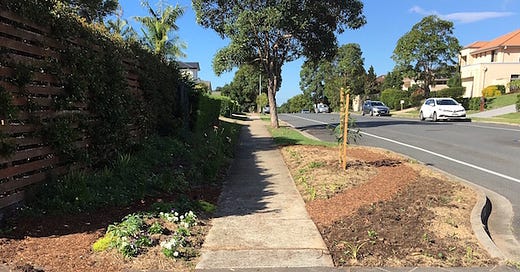The Stories We Tell Ourselves and Others
How do you respond to the different types of stories? What stories do you tell?
It must be a decade ago that we were having one of those long conversations over coffee. I was fretting about the climate wars and the need for action.
My friend, a veteran of the mainstream media industry was a general negative nelly (he would say a pragmatic realist) and I am more of the never-give-up type (he would say optimistic fool).
“You won’t change anything,” he said, “until you win the communication battle.”
And I knew he was right.
The communication we were talking about was not public relations, getting the message right, or persuading with logic and facts. It was the cultural stories we use to make sense of the world, the stories we tell ourselves and each other, the stories the mainstream media tells and reinforces in our brains. Stories that draw on identity, evoke emotions, and encourage tribalism.
For a few years, I joined the ranks of the negative nellies. The problem was simply too big.
And then…
I planted my verge garden. My original motivation was that I didn’t want to mow it, but I soon discovered that the verge is an extraordinary place. People I’d never met would stop and talk, ask me what I was doing, and then progress to all sorts of stories and conversations.
The verge is the commons, a levelling space where everyone has an equal right to be.
These experiences and the notion of the verge as a place to nurture conversations between such diverse people was the inspiration for the Shady Lanes Project.
This is why I always encourage people to tell personal stories about their verges:
I did it because…,
It feels much cooler when I walk into the shade of a street tree…,
What would it be like if…
These stories also draw on identity and evoke emotions, but can build connections and trust, and moderate tribalism. Those casual connections mature over time to build stronger relationships and respect between diverse people. We don’t have to agree on everything, we just need enough in common to talk and listen to each other.
That’s the first step in building the sort of diverse groups and loose, interconnecting networks that we need to work together on creating the greener streets and more sustainable future we want.
Next time you hear a story about councils and verge gardeners, can you spot the identities drawn and emotions they evoke?
Are there good guys and bad guys, rebels and bureaucracy, tribal lines drawn?
Or, are there stories about people working together to navigate the bumpy terrain of different worldviews and imperatives to find ways we can all work together to green our cities?
How do you respond to the different types of stories?
What stories do you tell yourself and others?





As usual, Gayle, you have hit the heart of the topic under discussion.
Remember " the media is the message"? And Permaculture has the mantra about us believing what we hear, whatever the result is -ve or +ve. THANKS AGAIN.
So true. Communication is a two-way process, which involves listening and adjusting as much as telling. Storytelling is less about the stories (even when they are amazing) and more about the social connection and relationship that comes from sharing a meaning-making experience around a story.